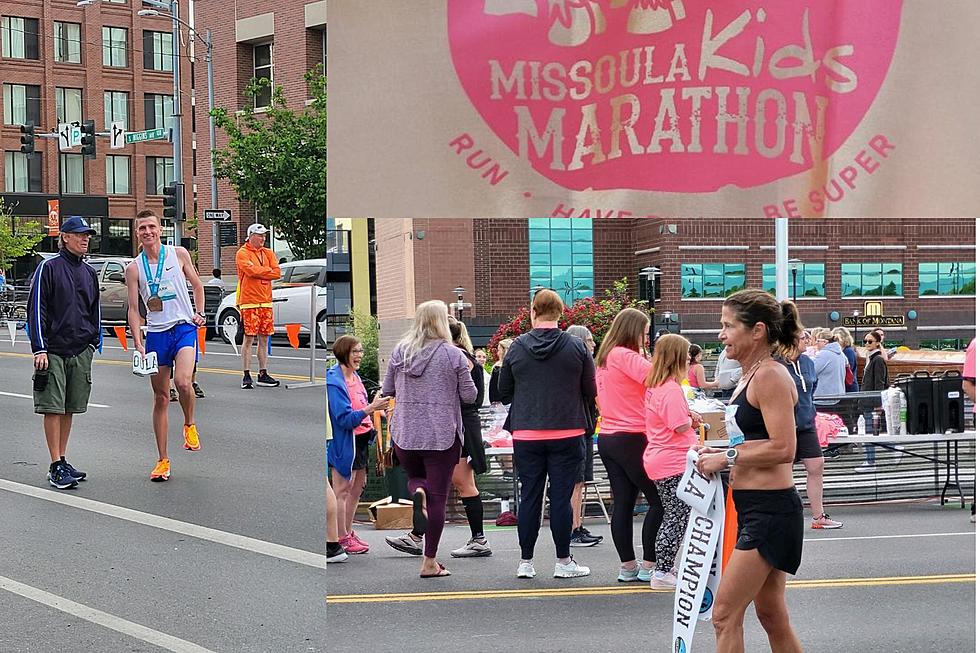
New Maps Show Montana’s Risk of Damaging Earthquakes
There's hardly anyone in Montana who hasn't experienced an earthquake at some point or realized the risk of a major eruption involving all the geological activity in the Yellowstone region.
While most of us aren't likely to be alive should the Yellowstone "supervolcano" erupt, there is a good chance of portions of Montana, and especially Western Montana, seeing major earthquake damage sometime in the next century.
And while we don't have the extreme risk of quakes in geologically active areas like Alaska, Hawaii, and Southern California, researchers say it's still a risk state and local governments should consider when developing building codes and other regulations.

New maps show the danger
The warnings are contained in new maps recently released by the federal government as part of the "US National Seismic Hazard Model", or NSHM, which offers a fresh assessment of the quake risk in all 50 states.
The report shows the primary quake regions, California, Alaska, and Hawaii, have a 95% chance of damaging quakes. It also quantifies the risk in the Mississippi Valley from quakes along the New Madrid Seismic Zone, which led to one of the most widespread and devastating quakes in American history in the 1800s.
Yellowstone, and more, for Montana
In the West, including Alaska, the new map added 500 recently identified earthquake faults. The new figures actually increased the earthquake risk for Montana, Colorado, and Wyoming. For the Intermountain West, the most prominent faults stretch from the famous Wasatch Fault in Northern Utah, north through the Yellowstone region.
RELATED: Don't Be Here During a Major Montana Quake
But two additional quake "hot spots" show up on the map, in central Idaho and in Western Montana. That includes Missoula and Flathead, and the active zone around Mount Borah in Idaho, where a major quake happened in 1983. More recent quakes have included the "pandemic quake", centered near Stanley, Idaho, which measured over 6 magnitude and rattled homes as far north as Missoula in the spring of 2020, and the hard-hitting quake in July 2017 near Lincoln, which was a 5.8 magnitude.
Still, a lot to learn
Seismologists here in Montana have told me one of the challenges for tracking and predicting quakes in the Northern Rockies is the lack of extensive mapping, which stems from a lack of funding to conduct the research. However, many of the "fronts" along the base of our mountains in Western Montana, including the Bitterroot, along the Mission Mountains and bordering the Clark Fork Valley west of Missoula are known to be geologically active, evidenced by the frequency of smaller quakes.
Montana's Top 10 Record-Setting Wild Weather Events
Gallery Credit: Brian Lee


